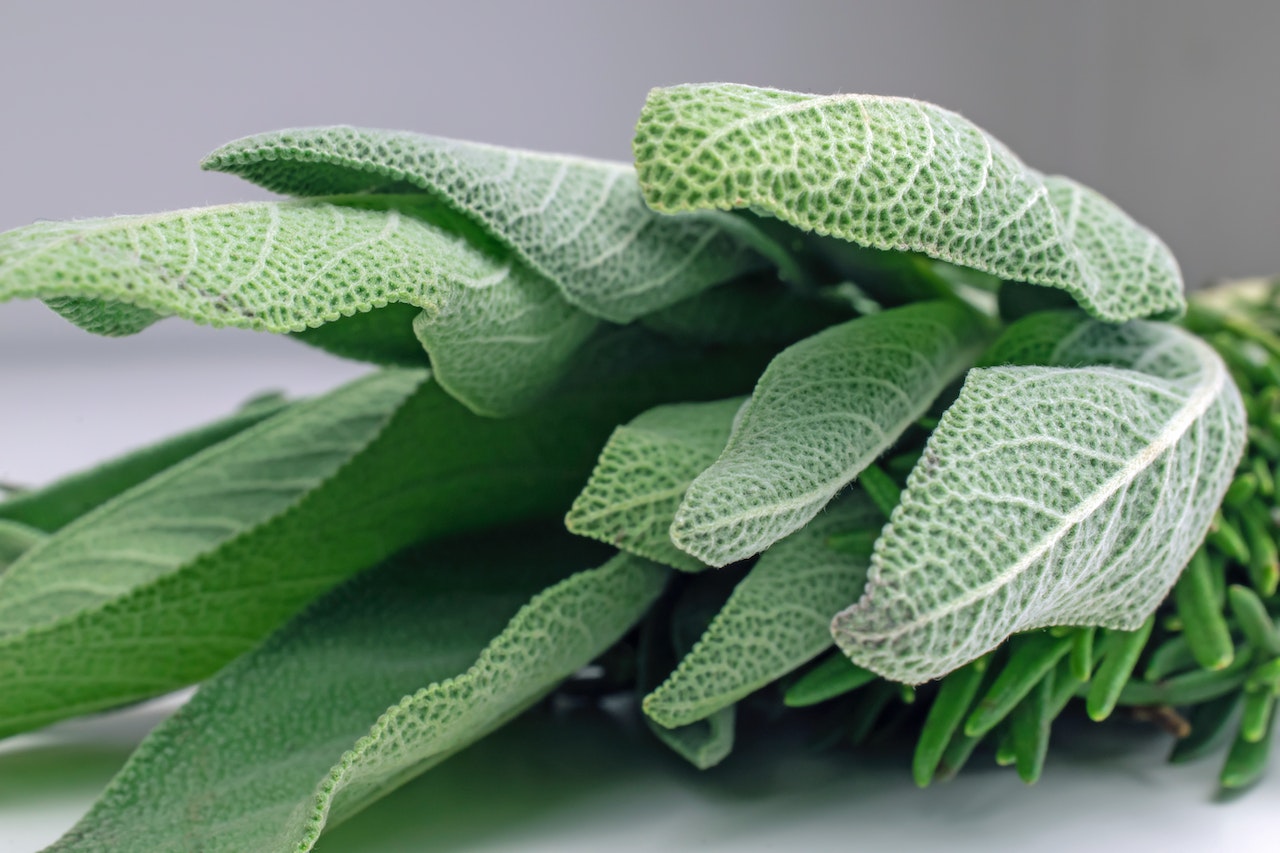The medicinal properties of plants have been appreciated and used by many cultures throughout history, with ancient civilizations like the Egyptians, Native Americans, and Chinese including herbal treatments in their traditional medical procedures. These cultures valued certain plants for their medicinal qualities and frequently passed on their knowledge to succeeding generations turning them into Herbal Medicine. These herbal treatments’ wisdom and efficacy have weathered the test of time, serving as the cornerstone of contemporary herbal therapy.
Herbal medicine in China has a longer history than its Native American counterpart. Records of herbal medicine in China go all the way back to 2700 B.C.E., but their Native American counterparts only go back to roughly the year 1000 C.E. Nonetheless, this doesn’t prove that Chinese herbal therapy is superior to that of Native Americans.
Various ailments have been treated with herbal remedies from both China and the Native American hemisphere for ages. Both have their advantages and disadvantages. Prescriptions for Chinese herbal medicine are typically more sophisticated and should only be given by a medical professional. Herbal medicine practiced by Native Americans is typically less complicated and more accessible.
Your specific health concerns and personal preferences will determine which herbal remedy is most effective for you. Chinese herbal medicine may be a suitable choice if you want a comprehensive and efficient therapy. Native American herbal therapy may be a better choice if you prefer a less complicated and more easily available treatment.
Native American cultures relied on plants like echinacea, willow bark, and sage for their therapeutic properties. Medicinal plants have played a significant part in ancient treatment systems throughout continents. An ancient Indian medical system called Ayurveda makes considerable use of herbs and plants in its all-encompassing approach to wellness. Ginseng, ginger, and astragalus are among the herbs used in traditional Chinese medicine (TCM) to promote well-being and restore balance.
Understanding the many bioactive substances known as phytochemicals can help you better understand the therapeutic characteristics of medicinal plants. These organic compounds, which are present in different plant components including leaves, stems, roots, and flowers, have unique chemical characteristics that add to their therapeutic potential. Phytochemicals with antioxidant, anti-inflammatory, and antibacterial characteristics, such as flavonoids, alkaloids, and terpenes, are beneficial for human health. When using plants for well-being, it is essential to comprehend these chemicals.
Research has uncovered novel therapeutic uses for medicinal plants as well as confirmed their traditional usage, shedding insight into their advantages. Aloe vera, lavender, echinacea, and a boost to the immune system are examples of common therapeutic plants and their advantages.
It is crucial to select reliable sources, such as those that have been third-party tested, are organically certified, and are produced by recognized businesses, in order to assure the quality and safety of medicinal plant products. The use of medicinal herbs in youngsters and expectant women must also be taken into account because some plants may provide particular hazards to these groups.
It is necessary to become informed about the pertinent laws in your area to guarantee compliance as laws governing the sale and distribution of medicinal plant products may differ depending on the nation or location. A fun and economical approach to reap the rewards of medicinal herbs is to grow them at home. A diverse and powerful method of enhancing health and well-being is herbal medicine. It includes using different herbs to make a range of products, including chamomile, peppermint, lemon balm, calendula, lavender, and echinacea. While peppermint is a revitalizing and energizing plant that can help with digestive problems, chamomile is well-recognized for its relaxing effects.
The nervous system-relaxing benefits of lemon balm are well known, while calendula is a beautiful blooming plant with anti-inflammatory and soothing characteristics. Echinacea is a well-liked plant for immune support, while lavender is well-known for its fragrant and relaxing characteristics. Start modest and use the appropriate doses when making a herbal remedy for success. Before using herbal medicine, speak with a trained herbalist or medical practitioner, especially if you have any pre-existing problems, are pregnant or nursing, or are taking any drugs. For your unique health needs, expert advice is very necessary. Learning about herbs, their qualities, and safe consumption is a lifelong process.

